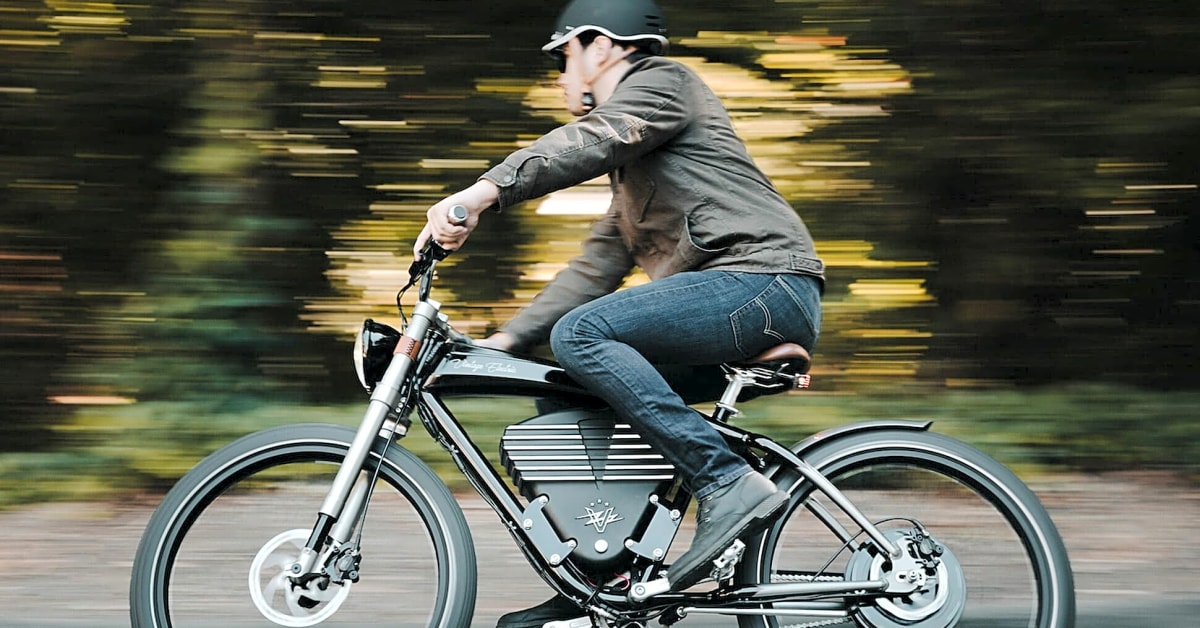A study in Sweden found that the average speed of electric bicycles is more than 5 miles per hour faster than traditional bicycles (14 mph versus 8.7 mph). With the help of private funds, Utah has debuted a small electric bike-sharing system at its State Capitol complex. (C) To further protect the safety of consumers riding low-speed electric bicycles, the Commission may promulgate new or modified requirements applicable to such vehicles, as necessary and appropriate. Six states have regulations for ebikes, which require riders to be 15 years of age or older, and fifteen states require riders to be over 16.Some manufacturers produce bicycles controlled by a throttle, which can be twisted to start, without pedaling, hence the name “twist and go” machines.
Of which, at least eight, including Arizona, Idaho, Illinois, Oklahoma, Texas, Washington, Wisconsin and Wyoming, have enacted specific electric bike laws without such requirements. These states have nearly identical language defining electric bicycles, as well as similar safety and operational requirements. Everyone can benefit from that little extra help, but if you happen to live at the bottom of a mighty hill, you’ll find that an e-bike keeps the ride from getting too rough before you’ve barely started. (D) This section shall supersede any state law or requirement with respect to low-speed electric bicycles to the extent that such state law or requirement is more stringent than the federal law or requirements listed in subsection (a).
Motor design and bicycle gearing are far more important than motor power. Bicycle parts may wear a little faster than on a non-electric bicycle, especially brake pads, chains, gears, and tires. EVELO strongly recommends that you check with your city, county, state and other local agencies for the latest laws governing the proper and legal use of electric bicycles in your area. However, most bicycles stop providing electric assistance when pedaling at 20 mph (Class 1 and Class 2 electric bicycles).
It is not illegal to own an electric bicycle with a power rating greater than 250 watts, or where the electric assist does not stop at 25 mph. Although helmets are not required by law in all states, QuietKat recommends helmets for all e-bike users in the interest of safety. In West Virginia, the law covers “class one and class three e-bikes, but not the “class two rated e-bike that can be powered only by a motor up to 20 MPH.
